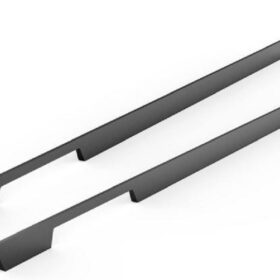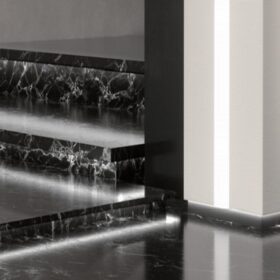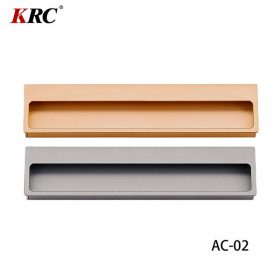How to Assess the Durability and Functionality of Pull Handles from Manufacturers
Pull handles are essential components of any building, providing functionality and aesthetic appeal. However, not all pull handles are created equal. Assessing the durability and functionality of pull handles from manufacturers is crucial to ensure that the chosen handles meet the specific requirements of the project.
Material Composition and Strength
The material used to manufacture pull handles plays a significant role in their durability. Common materials include stainless steel, aluminum, brass, and plastic. Stainless steel is known for its strength, corrosion resistance, and low maintenance requirements. Aluminum is lightweight and also corrosion-resistant. Brass provides a classic look but may require more frequent cleaning to maintain its luster. Plastic is a less durable option but can offer a wider range of colors and designs.
Structural Design
The structural design of pull handles also affects their durability and functionality. Handles with a solid construction are generally more durable than those with hollow interiors. The shape of the handle should provide a comfortable grip and allow for easy operation. The thickness of the handle should be sufficient to withstand the expected load without bending or breaking.
Coating and Finish
The coating or finish applied to pull handles protects them from environmental factors and enhances their aesthetic appeal. Common coatings include powder coating, anodizing, and electroplating. Powder coating provides a durable and abrasion-resistant finish. Anodizing creates a protective oxide layer on the metal surface, improving corrosion resistance. Electroplating can provide a variety of metallic finishes and enhance the handle’s strength.
Fixation Method
The fixation method used to install pull handles is essential for their functionality and durability. Common methods include screws, bolts, and adhesives. Screws provide a secure and adjustable connection. Bolts offer greater strength but require more precise installation. Adhesives are less permanent but can be used in applications where drilling is not feasible.
Mechanical Testing
To assess the durability of pull handles, manufacturers often conduct mechanical testing. These tests involve applying various loads and forces to the handles to simulate real-life usage scenarios. Tests such as pull-out force, cyclic loading, and impact resistance can provide data on the handle’s strength and resistance to deformation or breakage.
Ergonomics and Accessibility
The ergonomics and accessibility of pull handles should also be considered. The handle should be designed to fit comfortably in the hand and allow for effortless operation. The size and shape of the handle should accommodate individuals with different hand sizes and abilities. Compliance with accessibility standards is essential for public buildings and spaces.
Quality Assurance and Warranty
A reputable manufacturer should provide quality assurance measures to ensure the durability and functionality of their pull handles. These measures may include ISO 9001 certification, independent testing, and a comprehensive warranty. A warranty provides peace of mind that the handles will perform as expected and that any manufacturing defects will be rectified.
Conclusion
Assessing the durability and functionality of pull handles from manufacturers is a crucial step in ensuring the quality and longevity of any building project. By considering the aspects outlined in this article, architects, builders, and homeowners can make informed decisions that meet the specific requirements of their projects.
-
2024-09-14Exploring the Different Types of Modern Closet Door Pulls and Their Applications
-
2024-09-14How Cabinet Door Pull Handles Support High-Traffic Areas
-
2024-09-06Cost-Benefit Analysis of Investing in High-Quality Long Wardrobe Door Handles
-
2024-09-04How Flat Cabinet Handles Enhance Modern Interior Design
-
2024-11-29Top Trends in Modern Kitchen Cabinet Pulls for 2024
-
2024-11-28The Ultimate Guide to Modern Kitchen Cabinet Pulls- Materials, Styles, and Tips
-
2024-11-27Elevate Your Kitchen Design with These Must-Have Modern Cabinet Pulls
-
2024-11-26Sleek and Stylish- The Best Modern Kitchen Cabinet Pulls for a Contemporary Look






